Weeds are no friend of your garden- they are water thieves, nutrient drains and sunlight hogs, so gardeners should be able to identify and control them. After studying weeds for a full semester at UCONN, I spent two of my college summers working for the Connecticut Agricultural Experiment Station alongside weed scientist Dr. Todd Mervosh. Those experiences have led me to conclude that all weeds fall into one of three categories: annual, perennial, and total nightmare.
Julie Harrison has a degree in horticulture from the University of Connecticut, a landscape artist, and garden designer.
ANNUAL WEEDS
Annual weeds complete their life-cycle in one growing season. A few common weeds are: Ragweed, Crabgrass, and Purslane. Mulching and hand-pulling keeps annual weeds in check. Mulching is a preventative and works by shading the soil so that the weed seed is less likely to germinate. Hand-pulling annual weeds before seed heads develop or mature prevents it from dropping hundreds of new seeds that will stalk you next year. A weed in time prevents nine (hundred).
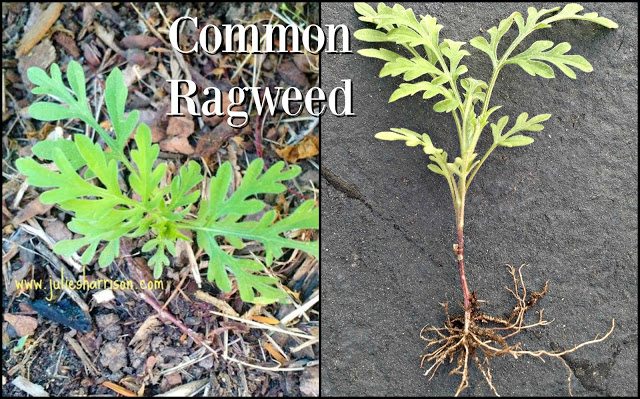
Common Ragweed looks innocent enough, but its flowers produce the pollen that incorrectly gives goldenrod a bad name. The flowers of ragweed are inconspicuous while goldenrod has bright yellow floral plumes. Since both weeds flower at the same time, goldenrod gets blamed for allergy flare ups instead of the true offender, Ragweed.
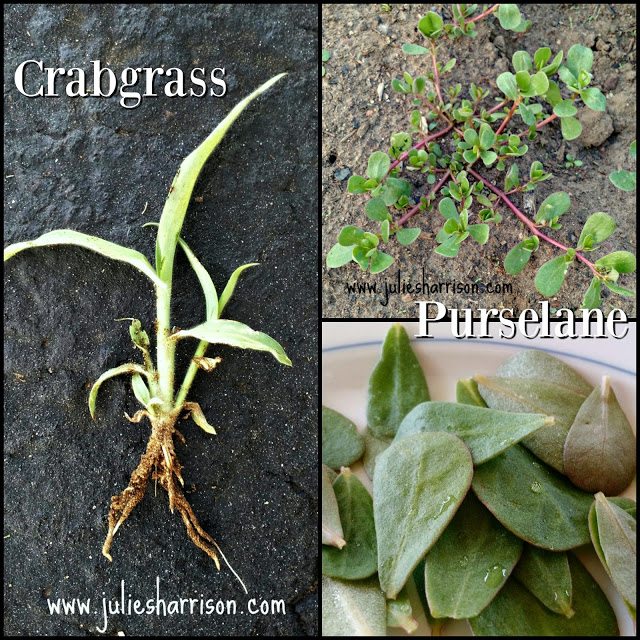
Compared to most lawn grasses, Crabgrass is more yellow-green. Crabgrass is a self-seeding annual weed. With every plant pulled, there’s hope that I’m putting a small dent in the Crabgrass seed population. Purslane falls in last place on my list of annoying weeds. It’s a low-grower that can shade out other more obnoxious weeds from growing, and it’s edible! The texture and flavor pf Purselane are similar to spinach; I like it raw in salads.
PERENNIAL WEEDS
Perennial weeds return each year. Once they make themselves at home, they tend to be a little pushy, so you’ve got to stay on top of them or they’ll take over. Remove every bit possible, top foliage and entire root, bag them up and put them in the garbage.
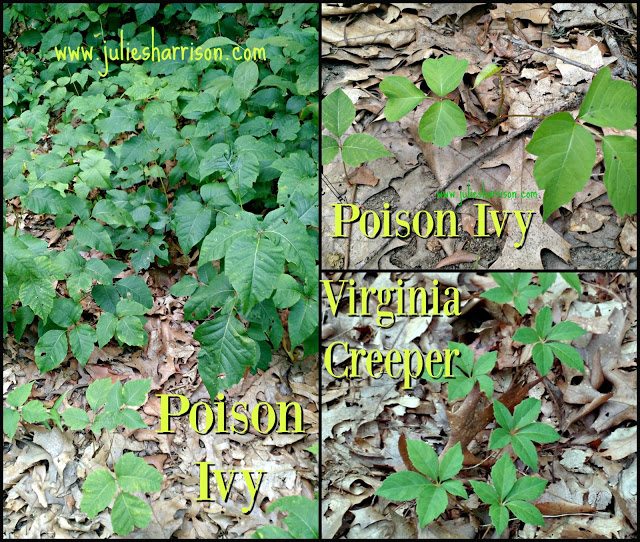
Here is a plentiful patch of Poison Ivy. Notice that the plant has leaves grouped constantly by three. You can see party of the Poison Ivy vine growing along the ground. Virginia Creeper is similar to Poison Ivy in the way it grows, mature leaf clusters are always in groups of five. Don’t be fooled by this guy, he’s harmless!
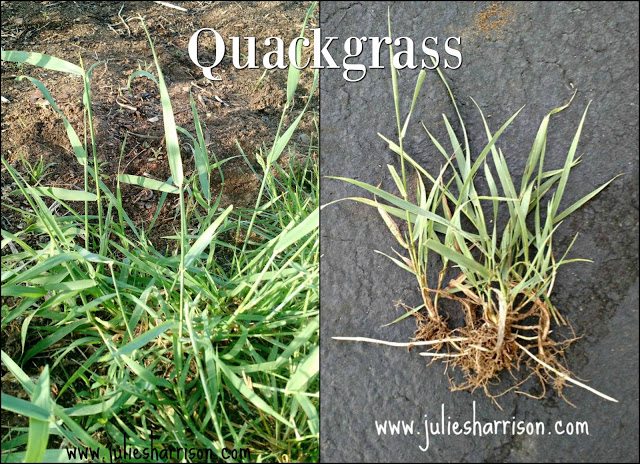
Quackgrass is always trying to make its way into my vegetable garden. It grows faster than my lawn and is much more coarse in texture. The root system of Quackgrass has bright white rhizomes that make this weed so aggressive. It’s almost impossible to get every piece of the rhizome by pulling and where a rhizome is left in the soil, a new plant will grow.
NIGHTMARE WEEDS
Initially, nightmare weeds are just super annoying, but after a year or two, will cause even the most tenacious gardener to hang the white surrender flag and sell the property. Diligence is the key to battling these weeds. Mowing, clipping, pulling, and herbicides are all necessary to fight the dark forces of these evil weeds.
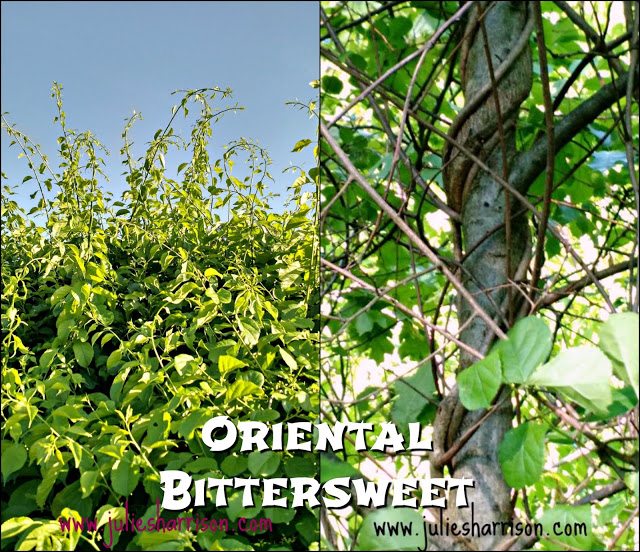
Oriental Bittersweet and Japanese Knotweed should make you shudder. Thankfully, this insane cluster of Oriental Bittersweet is not in my yard! You can see the vines reaching for something sturdy to cling to. This tree is the unfortunate support for these Oriental Bittersweet Vines. The vines will actually choke the tree to death.
The bright orange fibrous roots are a signature of Oriental Bittersweet and can be difficult to pull once established. The best control for Oriental Bittersweet is to pull these weeds when they are small as shown in the photo below, right.
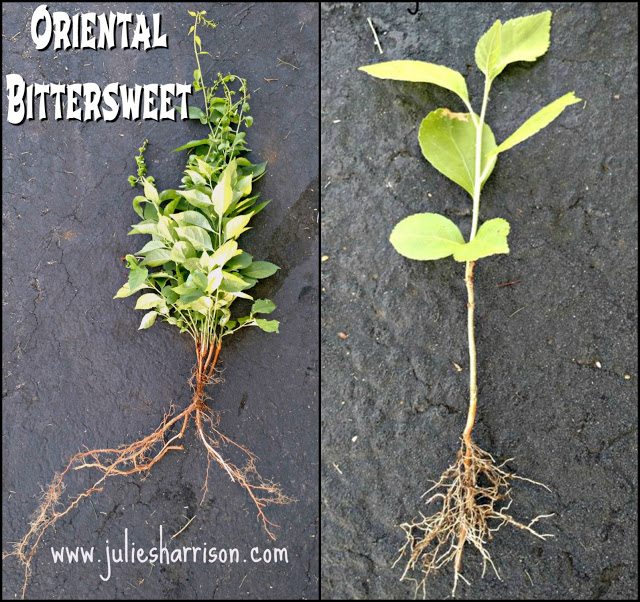
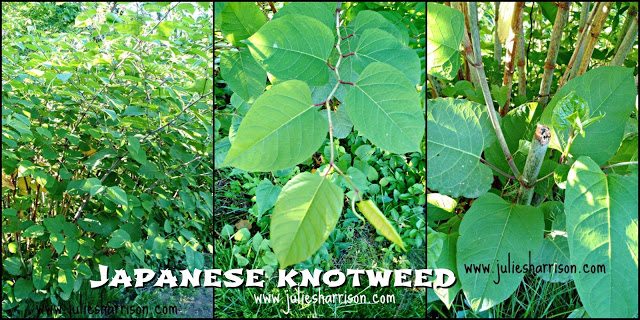
Japanese Knotweed grows quickly and aggressively, it has a unique zig-zag shaped branch with very think clumping rhizomes. The stems of Japanese Knotweed are hollow and look similar to bamboo.
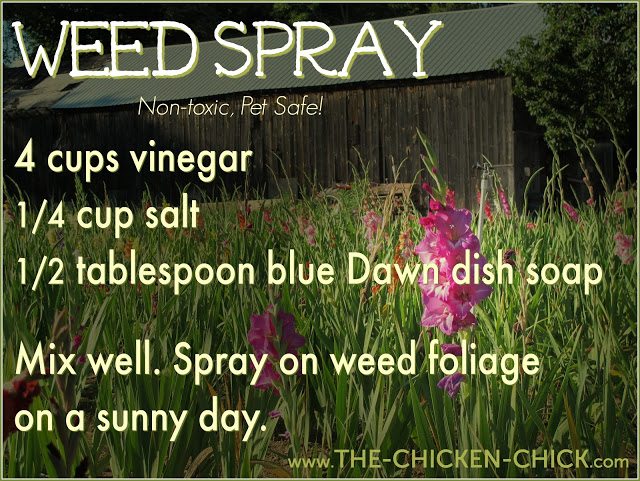
WEED SPRAY
Non-toxic, Pet Safe!
This pet-safe herbicide is non-selective, so spray precisely. This spray works great, particularly on weeds that creep in between patio stones driveway cracks.
The setting, the girl’s appearance, her social media profile is a treasure trove of information about her. Is she wearing a Marvel T-shirt? Why not ask which of those comic book or movie nychookups universe heroes she likes best. Listens to rock? Great, you can praise her cool taste in music. Coming out of a coffee shop? Asking what kind of dish at that establishment she would recomme
Kathy Shea Mormino
Affectionately known internationally as The Chicken Chick®, Kathy Shea Mormino shares a fun-loving, informative style to raising backyard chickens. …Read on


shop my SPONSORS
Weeds are no friend of your garden- they are water thieves, nutrient drains and sunlight hogs, so gardeners should be able to identify and control them. After studying weeds for a full semester at UCONN, I spent two of my college summers working for the Connecticut Agricultural Experiment Station alongside weed scientist Dr. Todd Mervosh. Those experiences have led me to conclude that all weeds fall into one of three categories: annual, perennial, and total nightmare.
Julie Harrison has a degree in horticulture from the University of Connecticut, a landscape artist, and garden designer.
ANNUAL WEEDS
Annual weeds complete their life-cycle in one growing season. A few common weeds are: Ragweed, Crabgrass, and Purslane. Mulching and hand-pulling keeps annual weeds in check. Mulching is a preventative and works by shading the soil so that the weed seed is less likely to germinate. Hand-pulling annual weeds before seed heads develop or mature prevents it from dropping hundreds of new seeds that will stalk you next year. A weed in time prevents nine (hundred).

Common Ragweed looks innocent enough, but its flowers produce the pollen that incorrectly gives goldenrod a bad name. The flowers of ragweed are inconspicuous while goldenrod has bright yellow floral plumes. Since both weeds flower at the same time, goldenrod gets blamed for allergy flare ups instead of the true offender, Ragweed.

Compared to most lawn grasses, Crabgrass is more yellow-green. Crabgrass is a self-seeding annual weed. With every plant pulled, there’s hope that I’m putting a small dent in the Crabgrass seed population. Purslane falls in last place on my list of annoying weeds. It’s a low-grower that can shade out other more obnoxious weeds from growing, and it’s edible! The texture and flavor pf Purselane are similar to spinach; I like it raw in salads.
PERENNIAL WEEDS
Perennial weeds return each year. Once they make themselves at home, they tend to be a little pushy, so you’ve got to stay on top of them or they’ll take over. Remove every bit possible, top foliage and entire root, bag them up and put them in the garbage.

Here is a plentiful patch of Poison Ivy. Notice that the plant has leaves grouped constantly by three. You can see party of the Poison Ivy vine growing along the ground. Virginia Creeper is similar to Poison Ivy in the way it grows, mature leaf clusters are always in groups of five. Don’t be fooled by this guy, he’s harmless!

Quackgrass is always trying to make its way into my vegetable garden. It grows faster than my lawn and is much more coarse in texture. The root system of Quackgrass has bright white rhizomes that make this weed so aggressive. It’s almost impossible to get every piece of the rhizome by pulling and where a rhizome is left in the soil, a new plant will grow.
NIGHTMARE WEEDS
Initially, nightmare weeds are just super annoying, but after a year or two, will cause even the most tenacious gardener to hang the white surrender flag and sell the property. Diligence is the key to battling these weeds. Mowing, clipping, pulling, and herbicides are all necessary to fight the dark forces of these evil weeds.

Oriental Bittersweet and Japanese Knotweed should make you shudder. Thankfully, this insane cluster of Oriental Bittersweet is not in my yard! You can see the vines reaching for something sturdy to cling to. This tree is the unfortunate support for these Oriental Bittersweet Vines. The vines will actually choke the tree to death.
The bright orange fibrous roots are a signature of Oriental Bittersweet and can be difficult to pull once established. The best control for Oriental Bittersweet is to pull these weeds when they are small as shown in the photo below, right.


Japanese Knotweed grows quickly and aggressively, it has a unique zig-zag shaped branch with very think clumping rhizomes. The stems of Japanese Knotweed are hollow and look similar to bamboo.

WEED SPRAY
Non-toxic, Pet Safe!
This pet-safe herbicide is non-selective, so spray precisely. This spray works great, particularly on weeds that creep in between patio stones driveway cracks.
The setting, the girl’s appearance, her social media profile is a treasure trove of information about her. Is she wearing a Marvel T-shirt? Why not ask which of those comic book or movie nychookups universe heroes she likes best. Listens to rock? Great, you can praise her cool taste in music. Coming out of a coffee shop? Asking what kind of dish at that establishment she would recomme























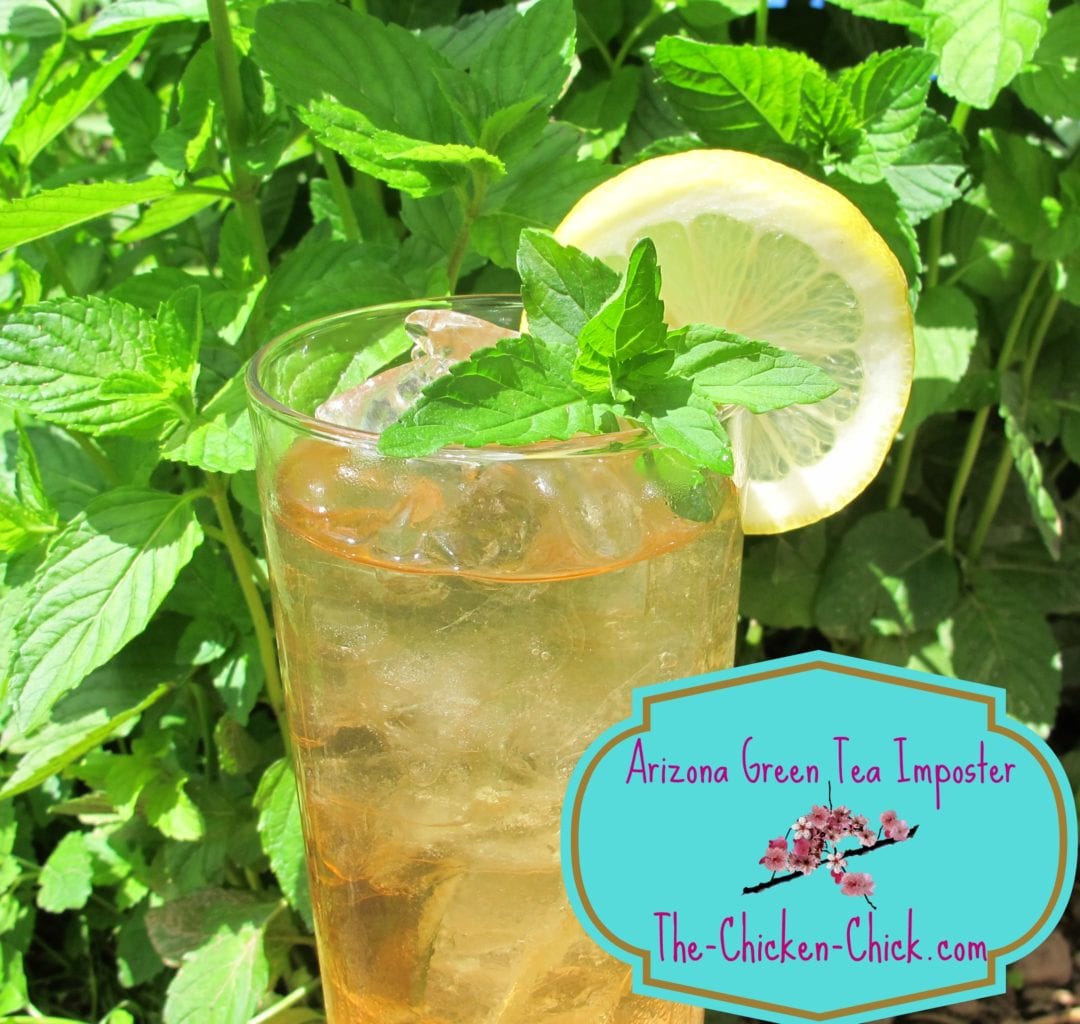
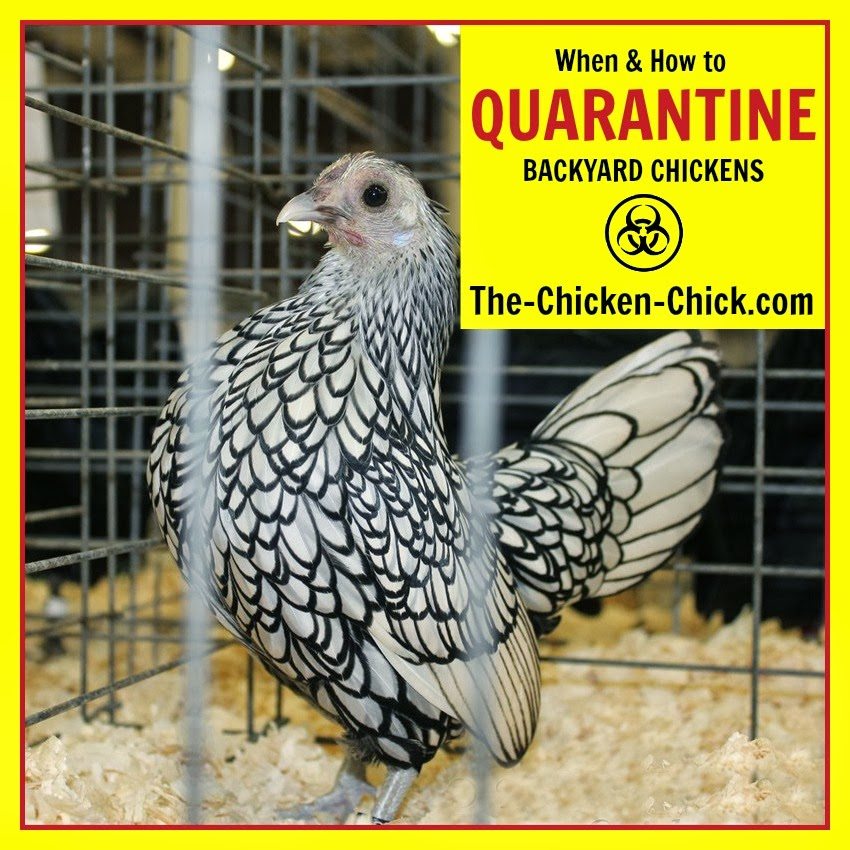















I would love to have one of these! Heat lamps scare me!
I love theses instead of the light bulbs. I don’t have one yet though.
i hope it will do for duckling too
Thanks for the info. I ‘ll find an empty spryer and try the Weed killer. So anxious, chinks do to hatch under older first time mom tomorrow… first time for me to have hatching chicks too. the eco glow sounds like a great product, good luck everyone.
Great pictures and descriptions, thank you for all the useful info. I knew about the purselane, I have just never actually tried it.